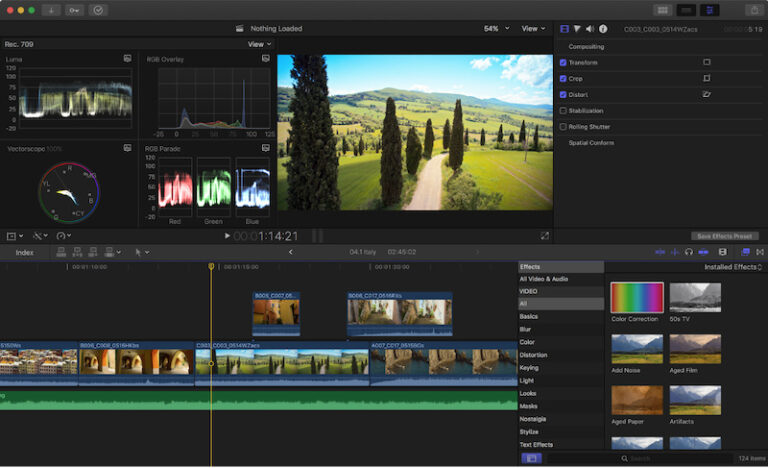

Avid DNxHR 444 is equivalent to ProRes 4444 in pretty much every way but I prefer ProRes as it is more widely used in Premiere/Resolve/FCPX workflows. For this guide, we will be focusing on Apple ProRes and DPX. One of these three codecs is what you need to use to render your “master file.” This master file can then be re-rendered into a deliverable codec such as h.264, h.265, or DCP with zero noticeable quality loss. These codecs, also known as “finishing” codecs, include DPX Sequence, Avid DNxHR 444, and Apple ProRes 4444.

However, other codecs were developed specifically for multiple rendering passes. Re-rendering an h.264 file multiple times will result in noticeable quality loss. Re-rendering files result in quality loss correct? Mmm… not quite. Now, this is an ostensibly counter-intuitive point. Today we are going to look at a couple of ways to prevent export failures from slowing down your delivery and enabling you to meet those tight deadlines.ĭon’t render your deliverables from the source footage. But what if… you could render it out in sections… or even in individual frames? Say hello to intermediate codecs and reels. Everything that was successfully rendered is gone and you have to start again. Nothing is better than spending 2+ hrs exporting a 90-minute video to have it fail right before the finish line. Creating the “Texas Master” – Where final color and audio mergeĮxporting….Creating the master – Apple ProRes 4444.Don’t render your deliverables from the source footage.


 0 kommentar(er)
0 kommentar(er)
